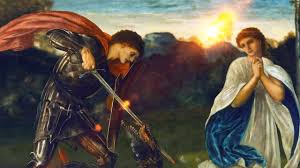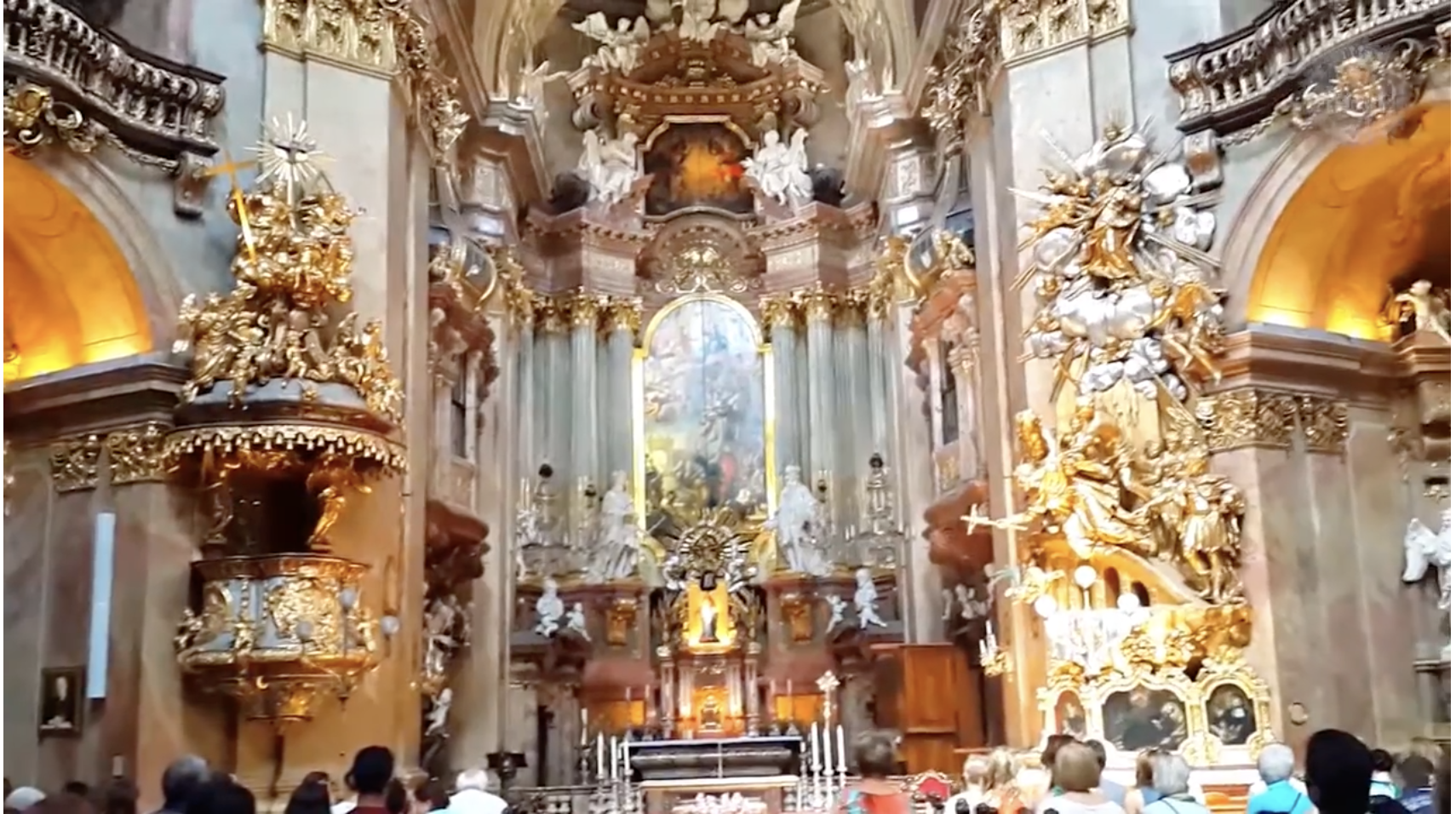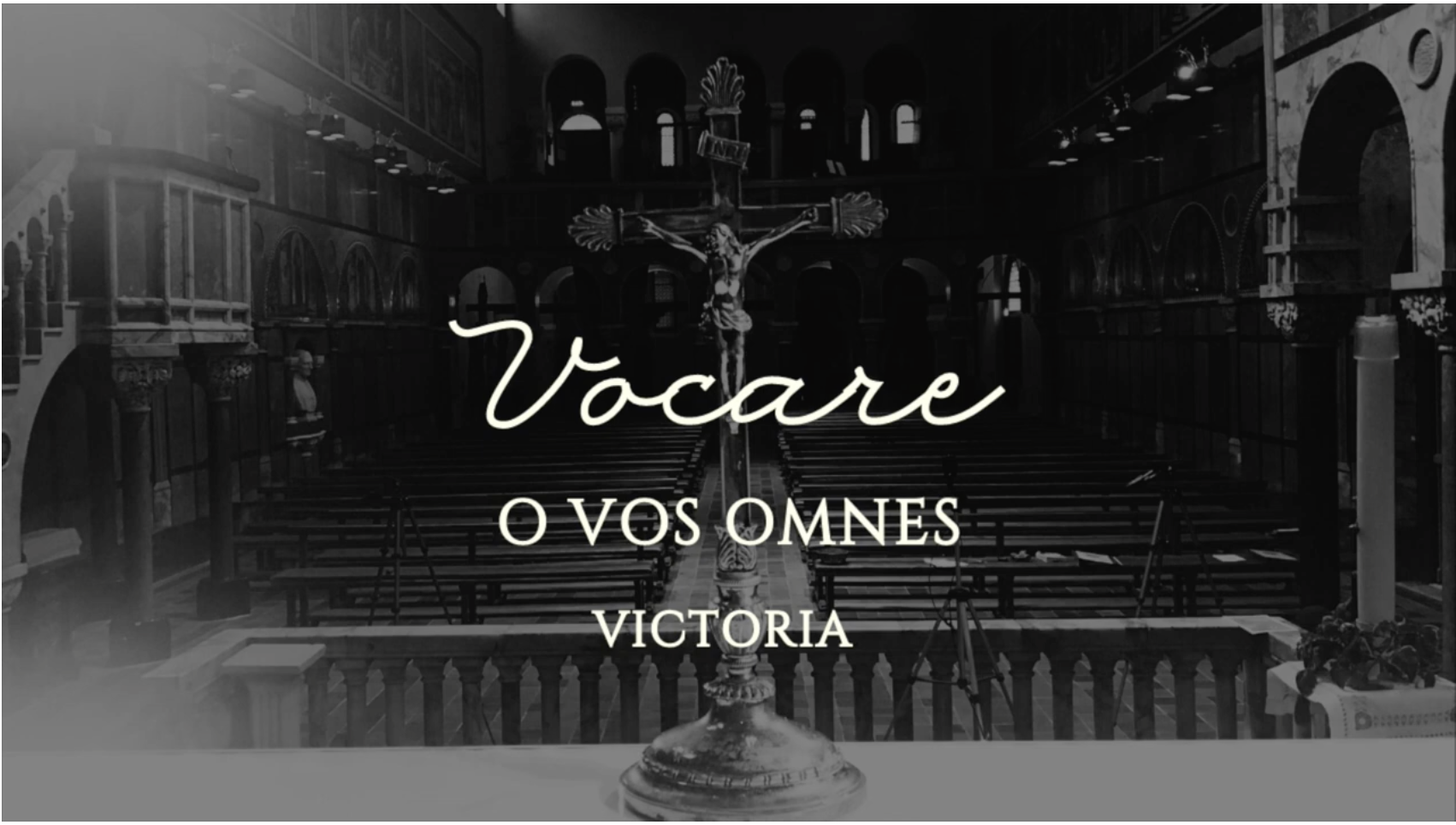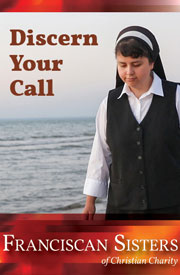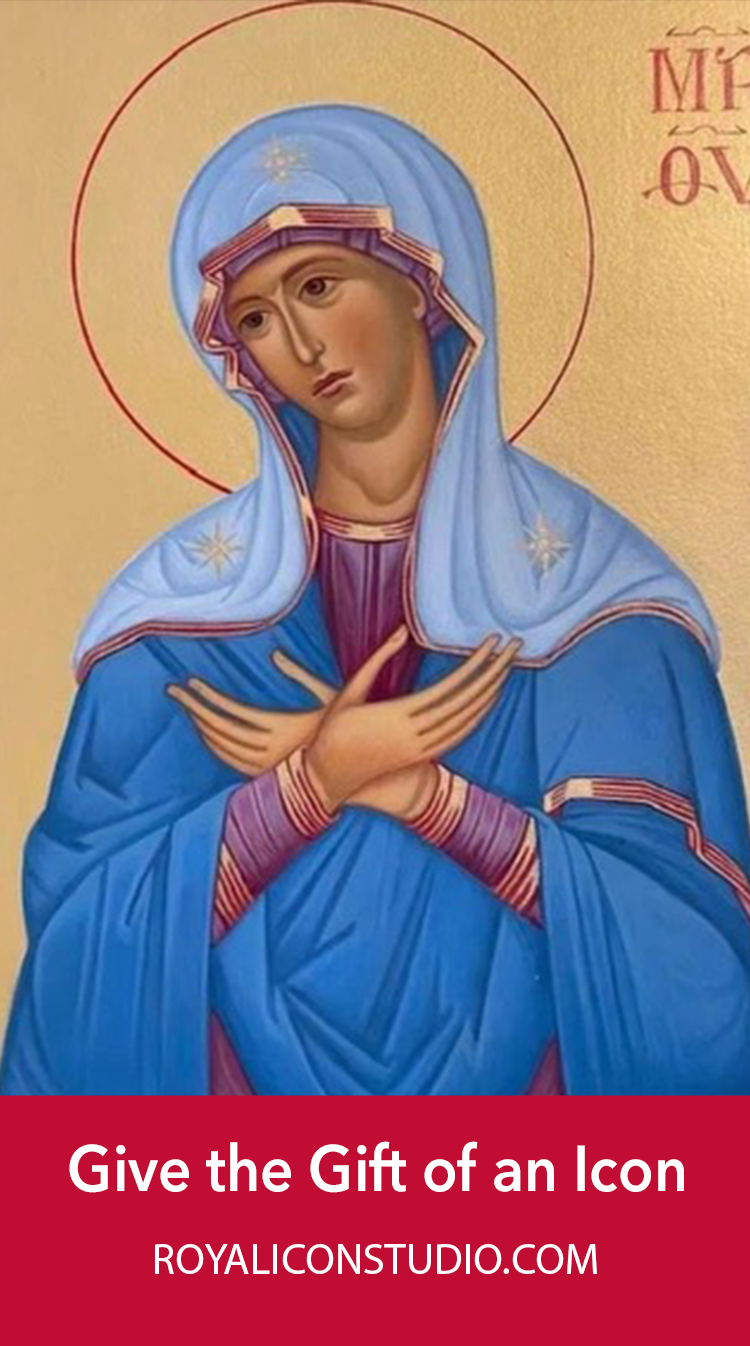I was in Haiti last week and heard one explanation for the persistence of Voodoo in the Western hemisphere’s poorest nation: “Many believe that God doesn’t have time for Haiti and they must turn to the fallen angels for help.”
Since the earthquake that devastated Haiti’s capital, Port-au-Prince, the notion that God is too busy for Haiti may gain credibility. Yet residents in the capital could be heard singing hymns during the desolate night following the quake, their chants punctuated by grieving survivors and cries for help from beneath collapsed buildings.
Glimpses of Haiti’s divided soul were present at the Hospital Sacre Coeur in Milot, where our team of medical and lay volunteers worked alongside Haitians, training the staff, collaborating on advanced procedures, and visiting patients.
Anxious parents brought in their young son, for instance, who was diagnosed with acute appendicitis. The family carried a rosary and a Bible, but after the physician’s verdict, they decided to visit the traditional healer.
Was it fear, finances, or confusion that prompted their decision? No one knew for sure. But vital hours passed before Dr. Jerry Bernard, the hospital’s general surgeon, convinced them to allow the operation. When Bernard and the two other visiting physicians emerged from the OR, they expected a full recovery.
Still, an uneasy feeling lingered that Bernard’s skills of persuasion might not be as effective the next time. During my week in Milot, the hospital provided a kind of theater, in which our beliefs about efficiency, time, investment, and reason were scrambled up and served back to us in puzzling and disturbing new relations.
Founded in 1986 by the Brothers of the Sacred Heart, Montreal, Hospital Sacre Coeur stands on a main street in Milot, a sleepy town that shows signs of new economic investment, with attractive homes and offices springing up down the road from the hospital. During rainy season, streets remain muddy. Goats and chickens share the road with automobiles and street hawkers. The streets are bordered with open sewers, but most of the children are well-dressed, and during the school year their bright, uniformed figures appear at the beginning and close of day.
To paraphrase Tracy Kidder’s book on Haiti, Mountains beyond Mountains, at times the bystanders milling outside the hospital appeared to have little work to do but “hope.” Visitors soon get the feeling that Hospital Sacre Coeur is a primary source of inspiration for the neighborhood and beyond. Not only does it offer an increasing number of jobs for medical personnel and public health workers, several small businesses have appeared around the neighborhood, providing food and other necessities to patients and their families.
Just as important, daily life at the hospital showcases the energy and resourcefulness of Dr. Bernard and his colleagues – and the special gifts of the Haitian people. Dr. Al Fleury, a Maryland-based plastic surgeon, confessed his utter amazement at Sacre Coeur’s physicians’ and nurses’ ability to “accomplish so much with what they have.”
Dr. Bernard represents a new generation of Haitian leadership and expertise at the hospital, another reason for optimism. In the past, the visiting teams of physicians from U.S. hospitals drew patients eager for better treatment than the typical Haitian facility could provide. Now, these teams expect to collaborate with Haitian personnel, not run the show.
This new era, I suspect, will strengthen the bonds between the Haitian and American Catholics who work together at the hospital. Many U.S. visitors are members of the Order of Malta, which boasts a long history of providing medical care to the needy and infirm, and sponsors an array of medical institutions here and abroad, including Holy Family Hospital, the only medical institution devoted to infant and maternal care on the West Bank.
It’s easy to be daunted – and frustrated – by the obstacles during a typical day at a Haitian hospital – even one like Sacre Coeur. The power goes off, and the generator cannot supply electricity for the whole hospital. There is no pathologist or equipment like an MRI.
Hotshot physicians from America might throw up their hands. But we all feel the mysterious, yet powerful sense of endurance, mingled with radiant moments of unexpected joy, which characterize daily life in Haiti. The Blackberry-toting volunteer faces a fathomless solitude and a reassessment of what it means to be on a Church mission. Are we here to flaunt our prowess or to serve? To accompany our Haitian brothers and sisters or to check off another job well done?
Time is finite. Faith in reason and a merciful God can be tested to the limit. At one point, Dr. Fleury agonized over whether he could do enough to make a difference for a patient. The answer can prove elusive, when you confront a pregnant woman burned during a Voodoo ceremony – perhaps by accident, perhaps not. We quake before such evil, and we must hope not to shrug off the brutal facts about our own culture, for all its prosperity and rationality.
Few of us will travel to Haiti and assist with the overwhelming task of national relief and reconstruction. But prayer and financial assistance unite us with the people of a country where the suffering – whether natural or man-made – exceeds human understanding. Still, for those who find a way to give directly of themselves, there are special gifts to be received, shared and passed on. Trinitarian communion becomes palpable in moments of true Christian solidarity.
Dr. Bernard and the other physicians and nurses I had come to know and respect survived the earthquake and are prepared to take on additional patients in a facility already working at capacity. But the deepest truth I took away from my time in Milot was the awareness that “success” can neither be certain, nor quantified. Deep fears sometimes triumph over reason. In the end, we cling to the truth that love will remain. The Cross teaches us that.


